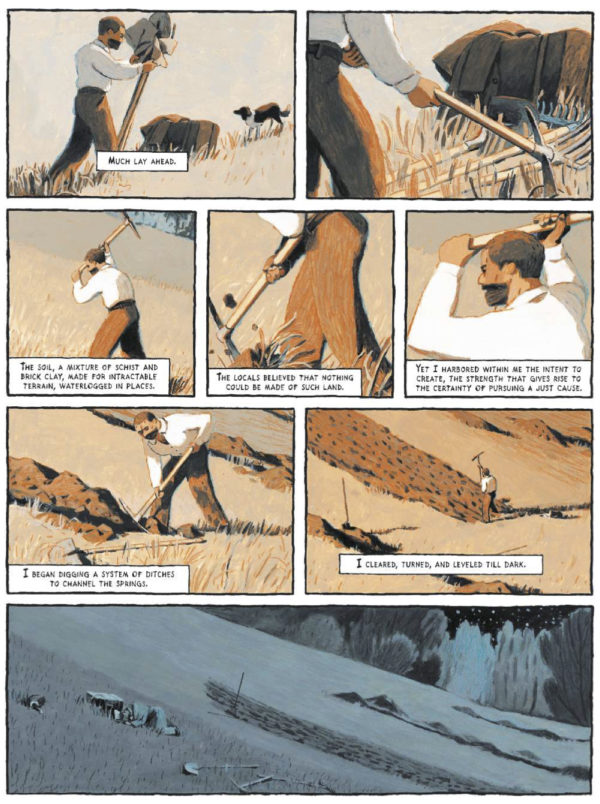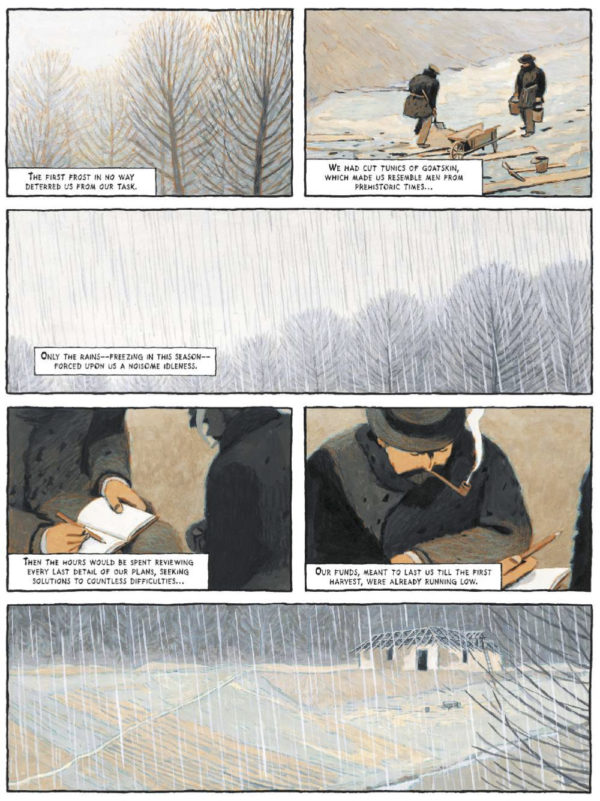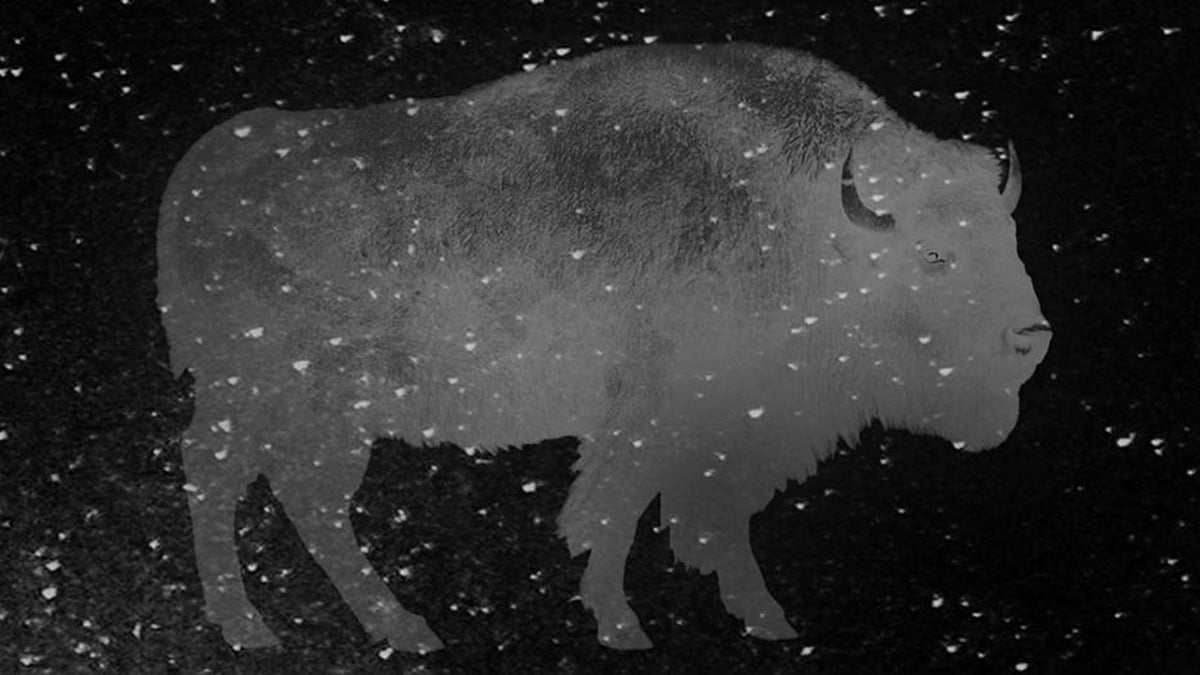The Colony
By Nicolas Debon
Translated by Edward Gauvin
Europe Comics
Based on the rise and fall of an actual anarchist outpost in France in the early 20th Century, Nicolas Debon’s The Colony channels the inspiration required in the building of L’Essai by anarchist Fortuné Henry even as it depicts its unfortunate decay.
Anarchism was given its official modern form in the mid-1800s following a wave of revolutionary radicalism in Europe by Mikhail Bakunin, a Russian revolutionary who turned his back on any thought of governmental reform, instead advocating for the destruction of power in favor of collectivism. As Bakunin continued to rise in prominence as a foremost anarchist thinker of the time and social revolution became the primary form through which anarchists sought change, there was a faction that turned to violence and created headlines. Fortuné Henry was a part of this faction, but in 1894 turned his back on violent revolution following a personal tragedy and turned to the goal of building a new society apart from the capitalist world, and to do it through labor.
His opportunity would come to fruition in the summer of 1903 when Henry appeared in the French village of Aiglemont with the intention of settling in a wooded area known as Gesly. This is where The Colony begins, as Henry arrives with only a dog for company, purchasing the land and surveying a meadow onto which he builds a structure for himself to live in.
Of course, this raises the curiosity of the people in the village, who encounter him bathing naked in the woods like a wild man and gather in the barroom to discuss his true purpose, which winds in strands of paranoia and local legend in the wild speculation that leads to confrontation. Henry is a revolutionary that is as forceful with language as with fists and he’s able to explain to the villagers his intentions and create a connection with their own.
Eventually, Henry is joined by others, some who want to stay there and others from surrounding villages who hear what Henry is doing and just want to help out with building efforts for the sheer sake of solidarity and neighborliness. the settlement grows and the residents devote themselves to the labor required to help it manifest as a tangible effort and continue to work efficiently beyond its beginnings
Debon’s portrayal of the settlement is partly one of pastoral seduction, its depiction of the hard work and environmental trials of the group capturing the inevitable romance of the situation, as well as the contemplative aspect. Showing the peaceful bonds that grow between the outsiders and the villagers, and way in which physically building a community enriches the people within it, Debon does a sublime job of taking radical figures and placing them into a situation that any person can attach a starry-eyed personal gaze toward, creating some amount of connection between those on the political edge and the typical person reading the book now. This is as much to do with Debon’s lush artwork that offers a celebratory presentation of nature that stylizes the humans within it in a storybook fashion that makes everything in Debon’s scope seem fanciful, even when it drifts to darkness.
In this way, Debon paints a picture of anarchic perfection. But the fact is L’Essai only lasted for six years and probably functions as a cautionary tale for the limitations of anarchism as a system in that, as with any system, it depends on humans to help it succeed. In the case of L’Essai, it depended on the purity of anarchic values not being disrupted by the idea of leadership being alluring to a group of people, on the idea that a group can be autonomous in a collective way even if one part of it drifts away. That was not the case with L’Essai, and it remains only a shadow in the world’s memory and even less on the ground it was built on. The Colony is a fitting tribute to L’Essai, but also an earnest lament in the human weakness that limited its time of existence.












Looks wonderful. Thanks for the write up. I’m going to seek this out.
Comments are closed.